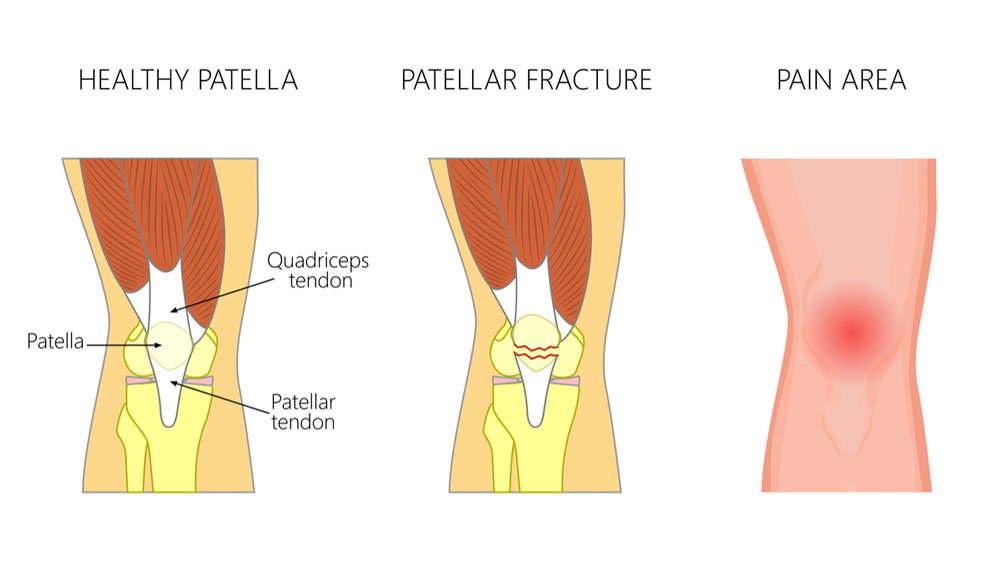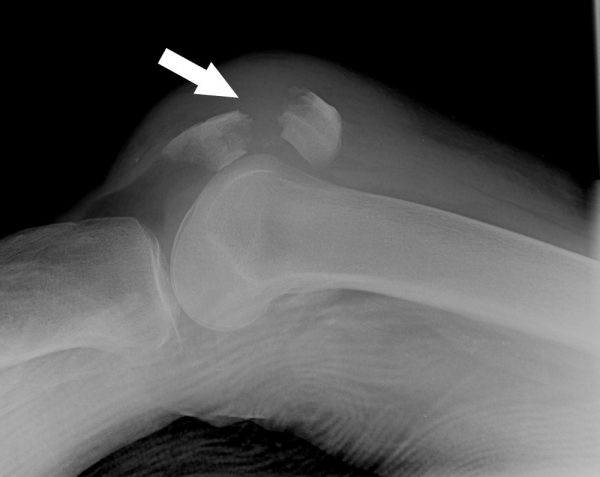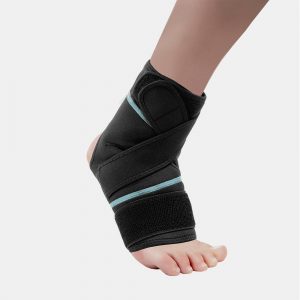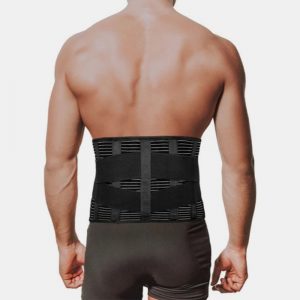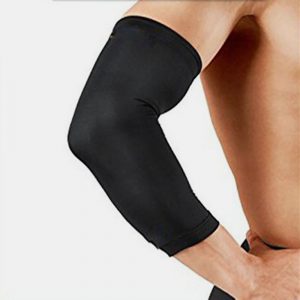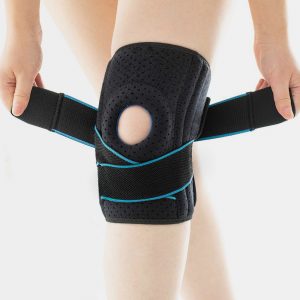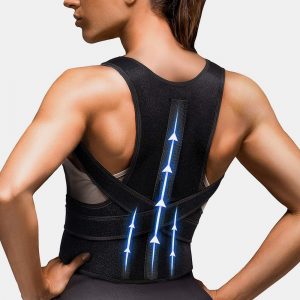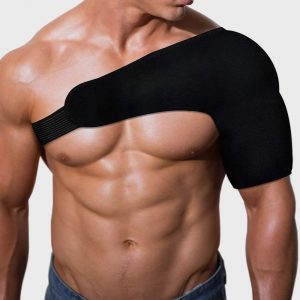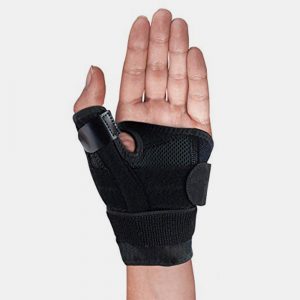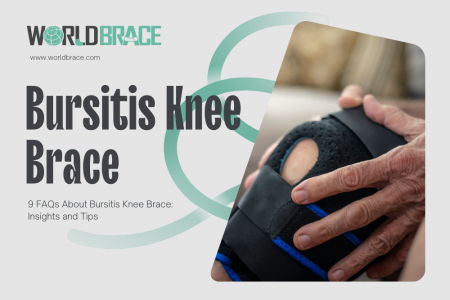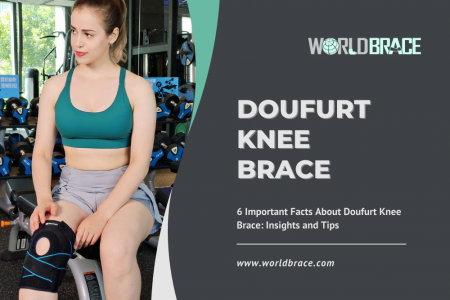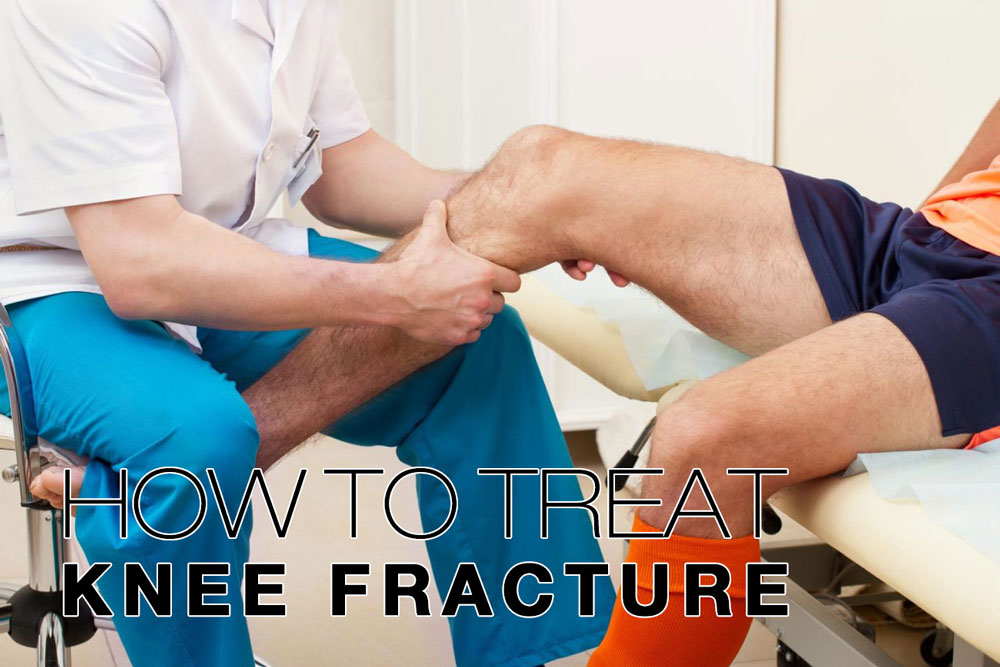
Table of Contents
What is a Knee Fracture?
An injury involving the Patella (the bone at the front of the knee) is described as a knee fracture. A fractured knee cap can be mild or severe depending upon the injury or accident. There are two main Knee Fracture types, Hairline Fracture and Avulsion Fracture Knee.
Hairline Fracture is also known as the Stress Fracture Knee. It occurs because of excessive stress or overuse of the knee bone, leading to cracking. In an Avulsion Fracture Knee, the bone fragment detaches because of the pulling of the ligaments, joint capsules, or tendons.
The best way to identify the problems in the knee is to go for Fractured Knee XRAY.
How can I tell if my knee is fractured?
A knee fracture is often a result of a sudden injury or fall. So, if you feel a sudden pain in your knee after an accident or injury, you should look cautiously for the fractured knee symptoms. These include:
- Swelling and bruising of the knee cap
- Problems in knee movement
- Trouble putting weight on the affected knee/leg
- Muscle spasms
- Grinding feeling during knee movement
Hairline Fracture is also known as the Stress Fracture Knee. It occurs because of excessive stress or overuse of the knee bone, leading to cracking. In an Avulsion Fracture Knee, the bone fragment detaches because of the pulling of the ligaments, joint capsules, or tendons.
The best way to identify the problems in the knee is to go for Fractured Knee XRAY.
Knee Fracture symptom Pictures
How long does a knee joint fracture take to heal?
There are multiple stages involved in the healing of a Knee Fracture. Each step requires from a few days to a few weeks.
Pain Management – this stage can last from the initial few days to weeks. Usually, strong medication and icing over the muscle can help patients get rid of it.
Recovery – this stage often extends to weeks where the knee cap is treated and healed with external procedures and medication
Rehabilitation – in this stage, the movement of the knee is facilitated for the resumption of its normal working.
Weight Bearing – it takes a few weeks for your knee to bear your weight, marking its full recovery.
The entire process takes three weeks to 6 months, considering the extent of damage and the provided medication.
How is a knee fracture treated?
There are two primary treatment options available for a fractured knee, depending on severity. Here is a list of the possible treatments:
Non-surgical treatment applies in situations when the bone is broken but not out of place. A splint or a cast can be used on your knee to keep it straight and positioned. This treatment lets the fractured bone pieces together so they can heal and rejoin.
The specialized fractured knee brace is also one of the mechanisms to keep the separated bone pieces together. The mount can cover your knee, providing you with the essential support. Besides, the Fractured Knee brace can also offer support in the movement when you have a Fractured Knee.
Surgical procedures work when the bones are displaced, and doctors cannot treat them through casting. Comminuted fractures and transverse fractures need different approaches. In Transverse Fracture, wires and pins are used in arranging the bones to their original position, whereas in Comminuted Fractures, the Patella broken into small pieces is fixed through a combination of wires and screws to fix it.
WorldBrace has a range of fractured knee braces. You can look for the specific one considering your requirements, and we are sure you’ll be happy with the support you’ll get from it.
Mechanism of Knee Fractures, signs and symptoms and treatment
faq
Can you walk on a fractured knee?
If you have been diagnosed with an ICD 10 code for knee fracture, your doctor will determine the severity and recommend accordingly regarding walking.
Can you bend a fractured knee?
Right after the accident or injury, we recommend not to bend your knee. It is essential to get a diagnosis first. In some cases, bending can worsen the condition. Once diagnosed, your doctor can guide you with further procedures accordingly.

